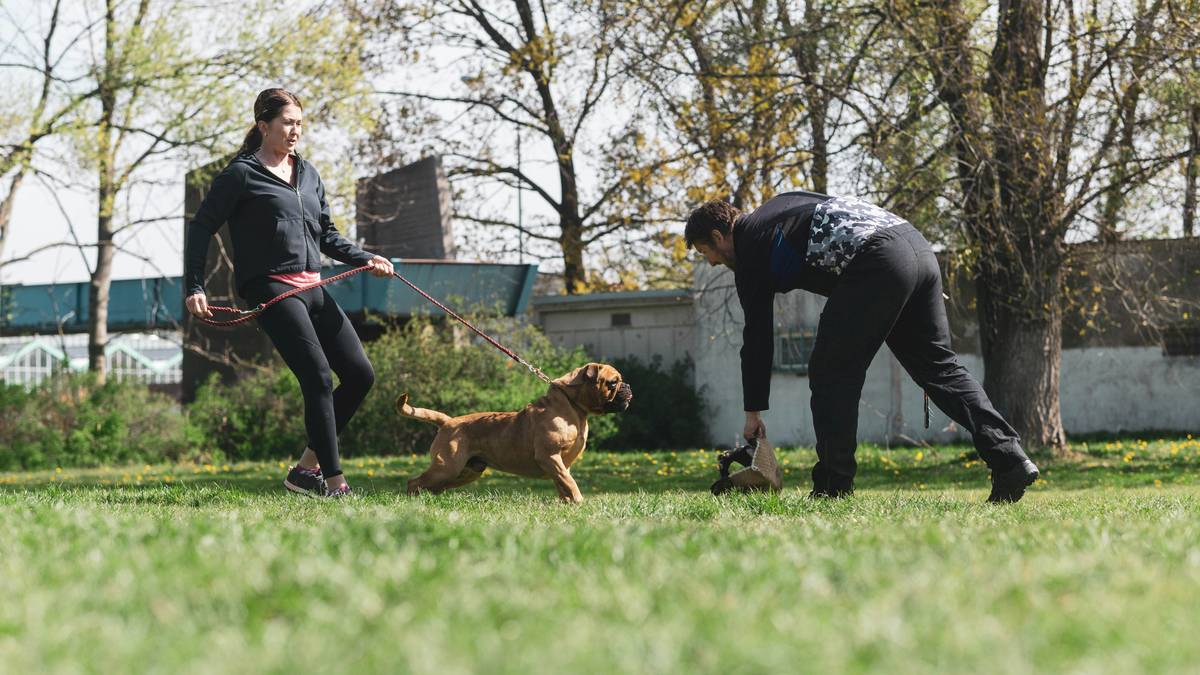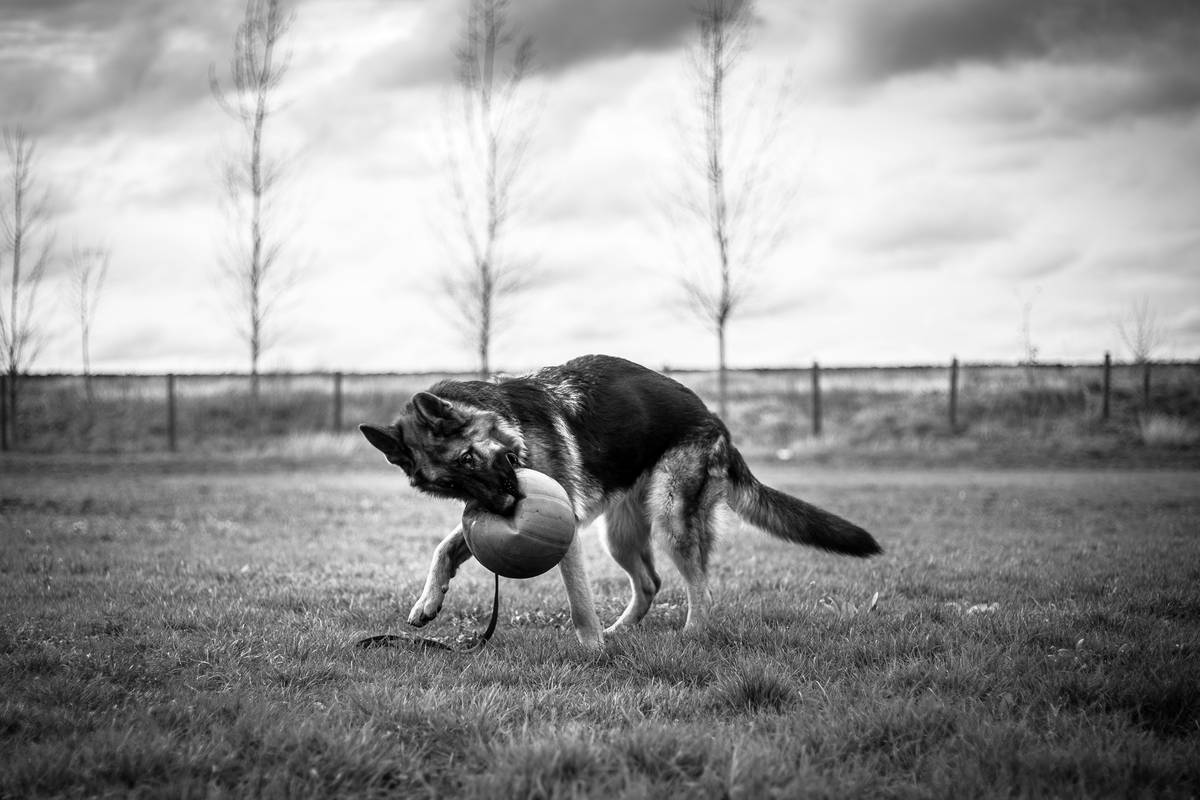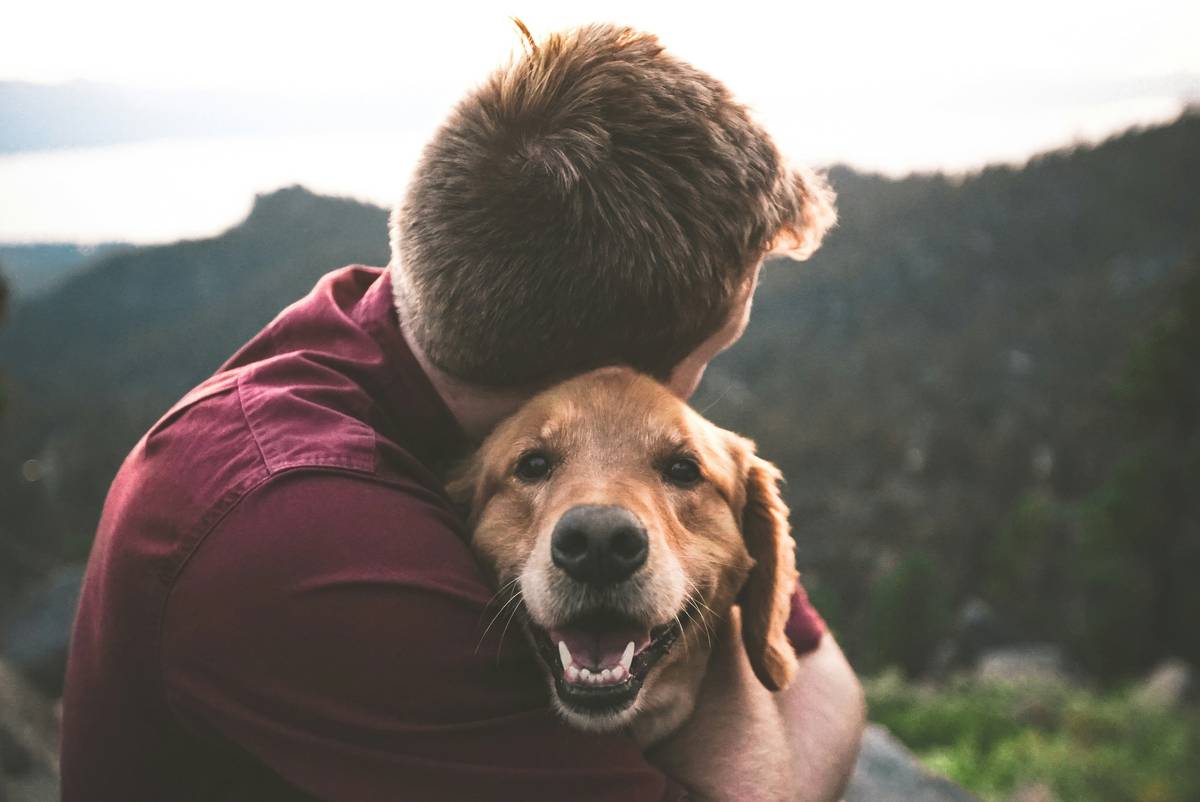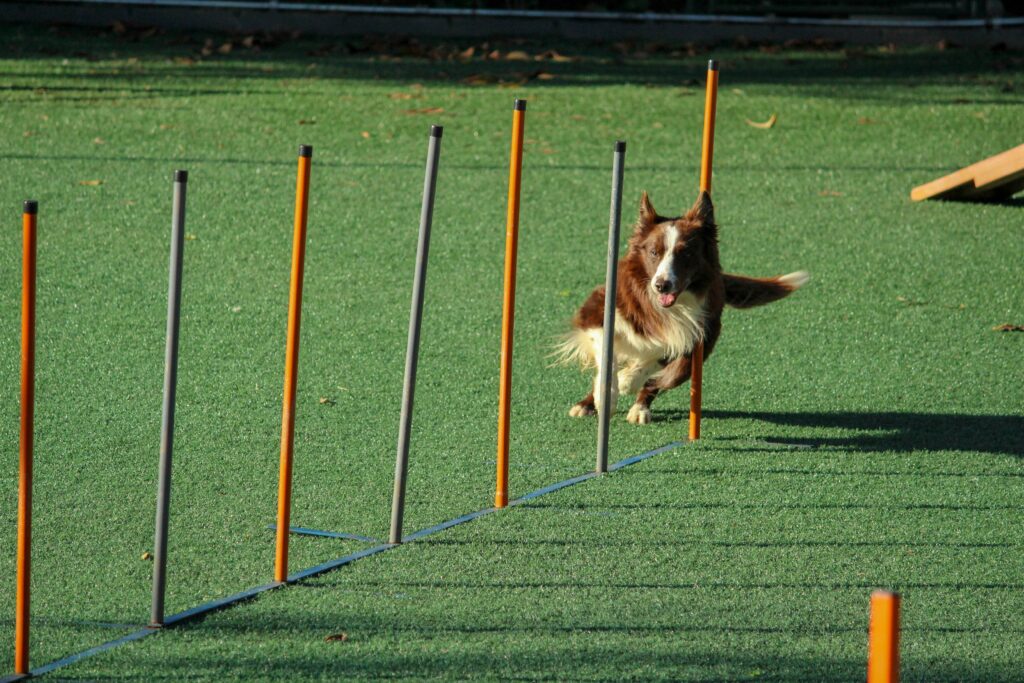Ever spent two weeks trying to teach your dog “sit,” only to end up with a confused pup who stares at you like, “What exactly do you want?” Yeah, we’ve been there too. Sit training sounds simple—until it isn’t. But what if I told you that the problem isn’t your dog; it’s how you’re approaching the sit command?
In this post, we’ll dive into why sit training seems impossible sometimes and give you actionable strategies for fixing it. You’ll learn about common mistakes, step-by-step fixes, expert tips, real-world examples, and even answers to FAQs about resolving your sit training problems.
Table of Contents
- Why Is Sit Training So Tricky?
- Step-by-Step Guide to Fixing Sit Training Problems
- 5 Proven Tips for Better Sit Training Sessions
- Success Stories: How Others Fixed Their Sit Training Challenges
- FAQs About Sit Training Problem Fixes
Key Takeaways
- Your consistency (or lack thereof) could be sabotaging your progress.
- The timing of rewards makes or breaks successful sit training.
- Avoid punishing mistakes—positivity is key!
Why Is Sit Training So Tricky?
“Optimist You:” ‘It’s just sitting down—it can’t possibly go wrong.’
“Grumpy You:” ‘Oh, honey. You’d think so, wouldn’t you?’
Kidding aside, here’s the raw truth: Humans suck at reading dogs’ minds. Often, when owners struggle with sit training, they’re making one of these confessional-worthy blunders:
- Using Vague Cues: Saying “Sit!” while waving your arms wildly won’t cut it. Dogs don’t speak human chaos.
- Poor Reward Timing: Giving treats five seconds after they’ve sat is basically telling them, “Good job doing nothing.”
- No Clear Distractions Management: Expecting focus during squirrel season? Good luck.

Dogs thrive on clarity, and vague cues create confusion faster than my Wi-Fi drops during Zoom calls.
Step-by-Step Guide to Fixing Sit Training Problems
Step 1: Master Your Cue Delivery
Use one clear cue word (like “Sit”) paired with a calm hand signal pointing upward. Avoid flailing around as though you’re conducting an invisible orchestra. Keep it consistent every single time.
Step 2: Perfect Your Timing
Reward immediately after their butt hits the ground. Carry small treats in both hands so you’re ready to deliver ASAP. Picture Usain Bolt speed—that’s how quick you need to be.
Step 3: Start Simple, Then Gradually Add Complexity
Begin indoors without distractions. Once Fido nails it consistently, add low-level noise (like turning on music). Progress to busier environments over time.
Step 4: Use High-Value Rewards
Swap boring kibble for something drool-worthy—like chicken bits or cheese cubes. Treat motivation isn’t optional; it’s science.
Step 5: Be Patient but Persistent
If progress feels slow, remember: Every dog learns differently. If frustration builds, take a break. Both you and your pooch deserve grace.
5 Proven Tips for Better Sit Training Sessions
- Tailor Rewards to Your Dog: Some dogs adore toys more than food. Adjust accordingly.
- Keep Sessions Short & Sweet: Aim for under 5 minutes per session. Puppies especially have shorter attention spans than TikTok trends.
- Fake Smiles Don’t Work: Dogs sense fake enthusiasm like kids smell burnt cookies. Smile genuinely because joy spreads!
- Never Punish Mistakes: Positive reinforcement works wonders—but negativity backfires faster than expired milk smells bad.
- End on Success: Finish each session with praise after a correctly executed sit. It cements confidence.
Success Stories: How Others Fixed Their Sit Training Challenges
Meet Luna, a stubborn terrier mix who once treated “Sit” like optional homework. Her owner Sarah shares her journey:
“I was using way too many words. After switching to one clear cue and perfecting my timing, Luna nailed ‘Sit’ within three days! Now she does tricks for visitors like she runs a circus act.”
Luna went from scattered focus to spot-on performance by simplifying commands and keeping sessions lighthearted.

FAQs About Sit Training Problem Fixes
Q1: My dog knows “Sit,” but only when I have treats. What now?
This happens when reliance on treats becomes crutch-like. Gradually phase out constant treats, offering verbal praise instead some sessions—but always surprise reward occasionally.
Q2: Can older dogs still learn “Sit” effectively?
Absolutely! Age slows learning slightly, but patience wins. Just expect slower pacing and celebrate tiny victories.
Q3: What should I avoid completely during sit training?
Punishment. Ever. Also, resist yelling cues repeatedly. To dogs, volume = aggression—not clarity.
Conclusion
By understanding why sit training fails—and applying our step-by-step guide—you can transform frustration into triumph. Remember: Consistency + positivity = success. Whether you’re battling distractions or poor timing, tweak until you find what works best for YOUR furry friend.
And hey, since life throws curveballs, let me leave you with this:
Training takes skill, But patience seals the deal. Fetch snacks. Repeat. Boom.
Like Pac-Man chasing pellets, keep working toward those breakthrough moments—they WILL happen.


